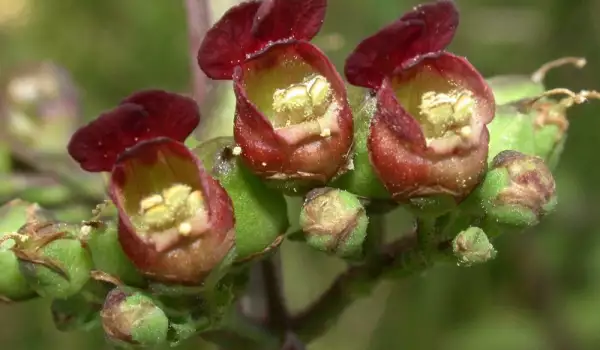Even though most of us do not take any swelling seriously, this condition may actually be more dangerous than we believe. The causes of swelling can be serious health problems related to the heart or kidneys.
It is wise to consult with an expert before you start any type of treatment, so as to determine the cause of the swelling and how to best treat it.
One home remedy for getting rid of it is to use a concoction made from celery roots. Grind the roots and leave them for about 3 hours in cold water - you need about 2-3 tbsp of ground celery and 1 cup of water.
Once the time has elapsed, the concoction will be ready for consumption - divide it into 3 equal doses and take them during the day.
Another option is to drink the freshly squeezed juice of celery - again, divide 1 cup into 3 doses. Parsley is another herb that has an effect on swelling and will save you from the discomfort.
You will need a bunch of fresh Parsley along with the roots - once you wash it well, mash the herb until you get a sludge. Per 1 cup of green sludge, pour in 2 cups of boiling water.

Leave the mixture to sit overnight, strain it and add the juice of one lemon. Drink this mix in 3 doses. It is advisable to make this recipe again the next day, then take a three-day break.
In the past, the herb figwort was mainly used to get rid of abscesses and festering wounds. During the 16th and 17th centuries, the herb became especially popular once people realized that the plant could treat all types of swelling.
According to some sources, figwort can even treat tumors. In modern times, the herb is incredibly popular as a detoxifier. In addition, figwort aids the digestive process. The herb can be applied topically as a remedy against hemorrhoids, psoriasis, arthritis, skin ulcers, burns and other wounds.
In combination with dock, it heals psoriasis. You need equal parts Oregon grape roots and figwort. To them, add dock, burdock, dandelion and sarsaparilla.



















